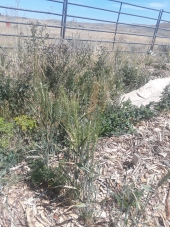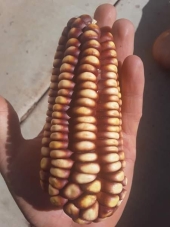
 1
1








Western Montana gardener and botanist in zone 6a according to 2012 zone update.
Gardening on lakebed sediments with 7 inch silty clay loam topsoil, 7 inch clay accumulation layer underneath, have added sand in places.




If you're readiing this discussion:
Welcome to the cutting edge of sustainable human progress.




In California there are quite a few rare and even endangered plants grandfathered into the horticultural trade. A few years ago I was in Santa Barbara and was growing all the Berberis nevinii I could purchase and had plans to propagate more. It can be bought completely legally.
Some other species are quite protected when rare. I would recommend joining forces and volunteering with an organization doing rare plant increase legally. The institute for applied ecology is one such. They have done significant increase of a rare paintbrush in Oregon.
Here the Montana native plant society has done some work with Spalding's Catchfly.




On the other side of the continent, American Chestnut has mostly been extirpated due to the chestnut blight, however a few blight resistant trees and stands still exists throughout their original range.
Hazelnut and Paw-Paw are very difficult to find here as well...








 1
1








There are lists of endangered plants per state. For Alabama I'm trying to grow monarda austroappalachiana, blephilia subnuda, pycnanthemum beadlei, and lindera melissifolia so far. I'd like to get some apios priceana, torreya taxifolia, lilium grayi, and schisandra glabra but no luck so far.
 8
8





|
machines help you to do more, but experience less. Experience this tiny ad:
Learn Permaculture through a little hard work
https://wheaton-labs.com/bootcamp
|



